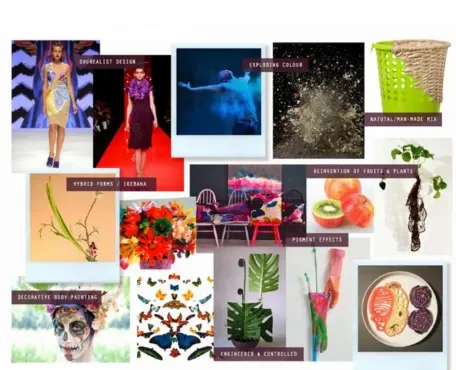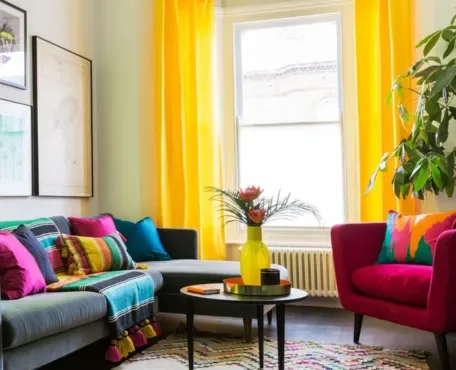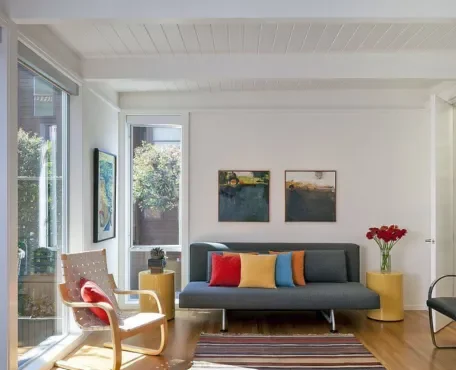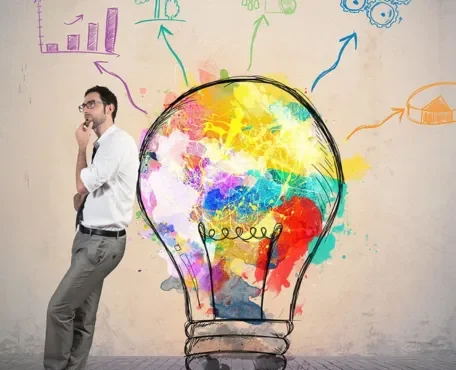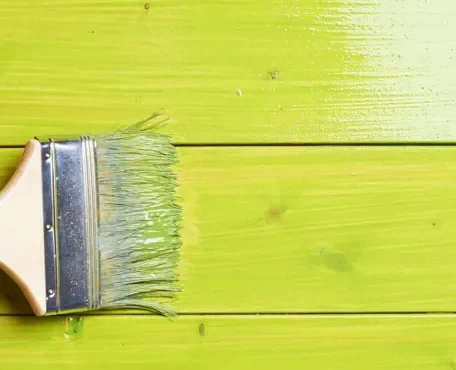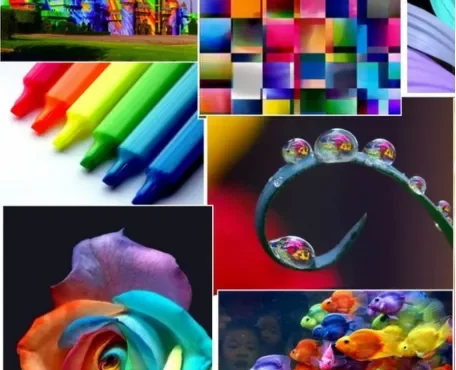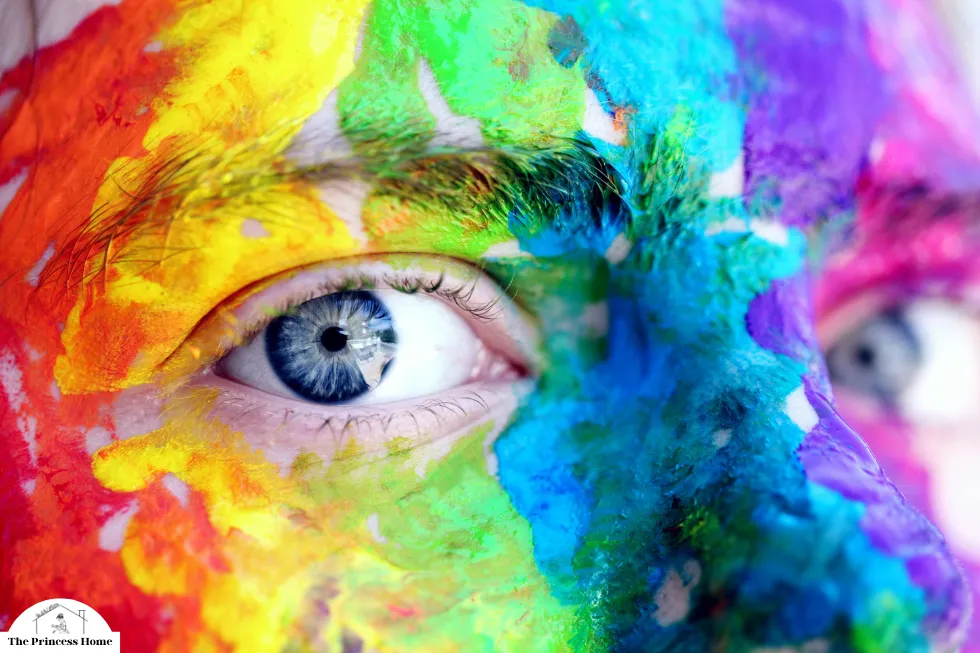
Color and psychology: Color is an integral part of our daily lives, influencing our emotions, perceptions, and behaviors in subtle yet profound ways. From the vibrant hues of a sunset to the calming tones of a serene forest, colors have the power to evoke a wide range of feelings and associations. The study of the psychology of color delves into how different colors affect human cognition, emotions, and behavior, shedding light on the intricate relationship between color and the human psyche.
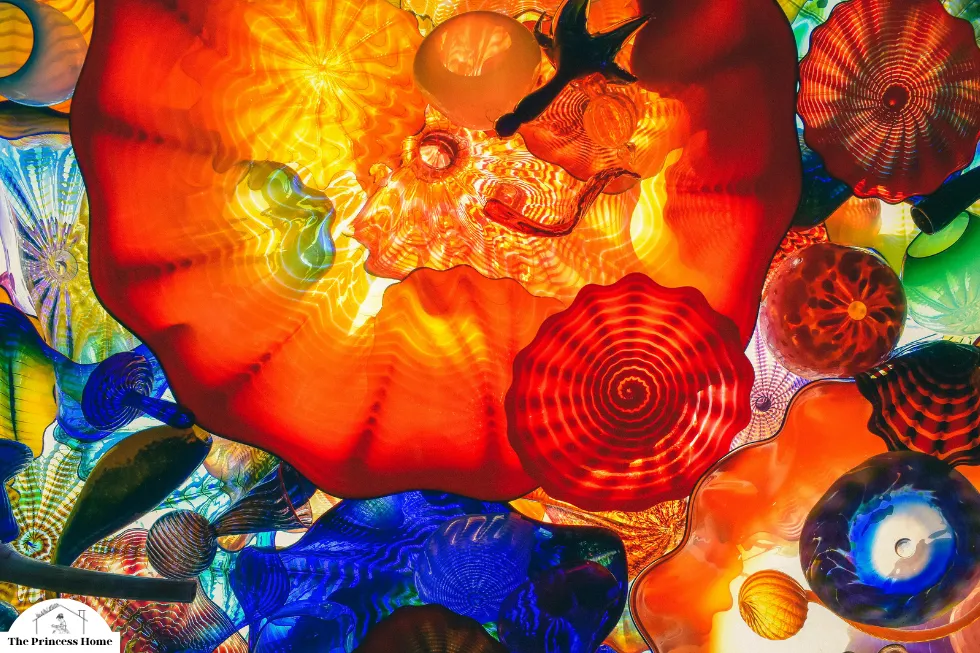
Understanding the psychological impact of color is essential in various fields, including marketing, design, art therapy, and interior decorating. By harnessing the power of color, professionals can create environments, products, and experiences that resonate with their target audience on a deeper level. In this article, we explore the fascinating world of color psychology , examining how different colors evoke specific emotions and perceptions.
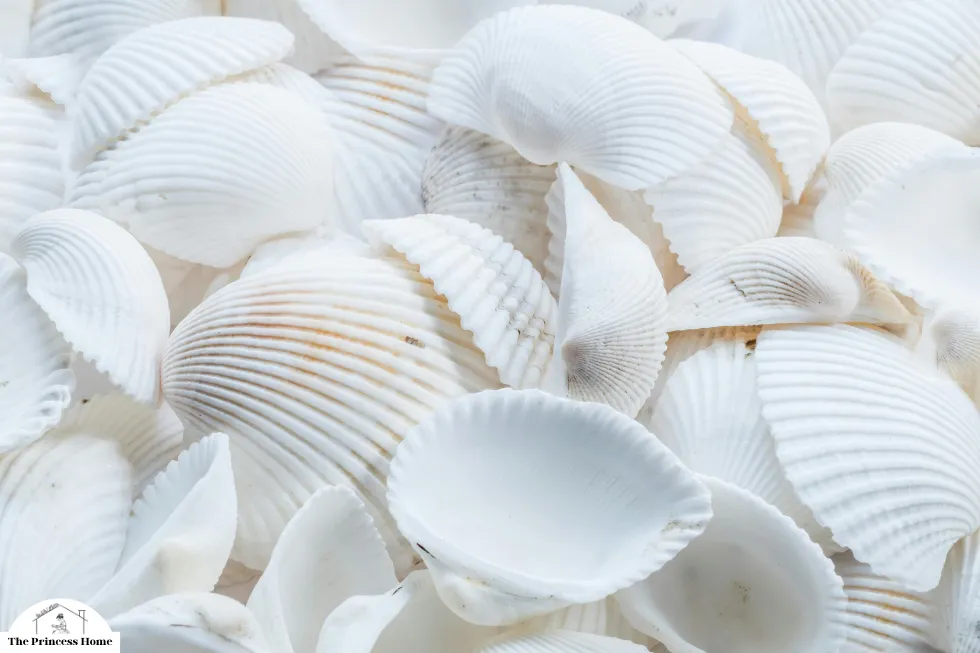
The Influence of Color on Emotions:
White
Color White” denotes either the lack of color or the amalgamation of all colors within the visible light spectrum. White color frequently linked with concepts of purity, cleanliness, simplicity, and clarity. Across diverse cultures, white carries varying symbolic connotations, spanning from occasions of weddings and festivities to moments of mourning and funerals. Moreover, white is a prevalent choice in design and decor to impart feelings of expansiveness, luminosity, and impartiality.
The psychological effects of white color on human behavior can be diverse and context-dependent:
1.Clarity and Simplicity:
White commonly linked with traits such as clarity, simplicity, and cleanliness. In environments where white is prevalent, such as hospital rooms or contemporary offices, it can foster a feeling of organization and effectiveness, potentially resulting in heightened concentration and output.
2.Sense of Space:
White can create an illusion of spaciousness and openness. In interior design, white walls or furniture can make rooms appear larger and airier, which may contribute to feelings of relaxation and comfort.
3.Calmness and Serenity:
White often perceived as calming and serene. The color white evokes feelings of peace and tranquility, which is why people commonly use it in spaces intended for relaxation, such as spas or meditation rooms.
4.Associations with Purity and Innocence:
White often associated with purity, innocence, and goodness. This association can influence behavior and attitudes, leading individuals to perceive white-associated objects or environments more positively or to act in a morally upright manner when surrounded by white.
5.Emotional Distance:
In certain contexts, an overabundance of white can create a sense of emotional distance or sterility. For example, excessively white spaces devoid of warmth or personal touches may feel impersonal or clinical, potentially leading to feelings of isolation or detachment.
6.Attention and Focus:
White can draw attention to other elements within its vicinity. white color In design, often used as a background color to highlight other colors or objects. Similarly, in advertising or signage, white text on a colored background can enhance readability and draw focus to the message.
7.Adaptability and Versatility:
White is highly versatile and adaptable. white color paired with virtually any other color, allowing for endless possibilities in design and expression. This versatility can influence human behavior by encouraging creativity and experimentation.
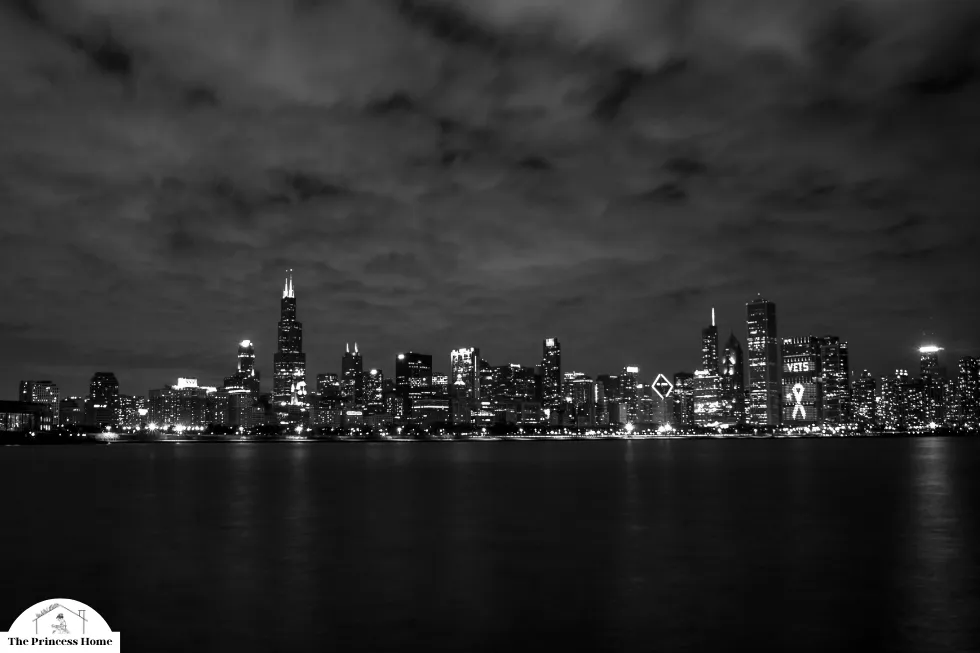
Black
“The term “black color” describes the darkest shade in the visible spectrum, achieved by absorbing all visible light. People often associate it with mystery, power, elegance, authority, and sophistication. Fashion, design, and art frequently utilize black for its timeless appeal and its capacity to generate contrast and depth. Additionally, black can symbolize mourning, formality, and rebellion, depending on cultural contexts and interpretations.
Here are some of the key psychological associations with the color black:
1.Authority and Power:
In many cultures, leaders, judges, and other figures of authority often wear black, associating it with authority, power, and strength. Black can convey seriousness and formality, shaping people’s perceptions of those who wear or use it.
2.Elegance and Sophistication:
People often regard black as a sophisticated and elegant color, commonly using it in fashion and design to evoke a sense of style and luxury. Wearing black clothing, for example, can instill feelings of confidence and refinement in individuals.
3.Mystery and Intrigue:
Black also associates with mystery, intrigue, and the unknown. It can evoke feelings of curiosity and anticipation, as well as a sense of depth and complexity. This association with mystery appears in literature, film, and art, where black often symbolizes the unknown or the hidden.
4.Formality and Seriousness:
Black is often used to create a sense of formality and seriousness. It is commonly worn at formal events such as weddings, funerals, and business meetings. The color black can convey a sense of professionalism and seriousness, which can influence how people behave in formal settings.
5.Depression and Grief:
On the downside, people also associate black with negative emotions such as depression and grief. Many cultures commonly wear it as a symbol of mourning, and it can evoke feelings of sadness and loss. In psychology, black is sometimes associated with feelings of emptiness or despair.
6.Boldness and Individuality:
Despite its associations with darkness and negativity, black can also be seen as a bold and individualistic color. Wearing black can be a way for people to express their independence and uniqueness. It is often chosen by those who want to stand out or make a statement.
Overall, the psychological effects of the color black are complex and can vary depending on cultural context, personal experiences, and individual preferences. While black is often associated with authority, elegance, and mystery, it can also evoke feelings of sadness and despair.
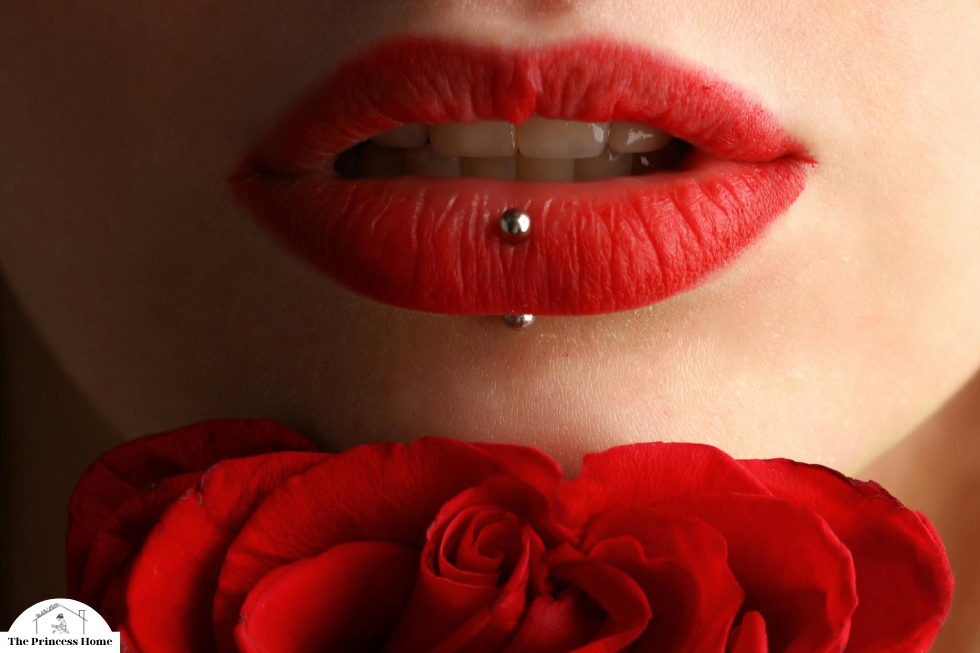
Red:
People often associate passion, energy, and excitement with red. It stimulates the senses and can evoke feelings of intensity and urgency. In marketing, people commonly use red to grab attention and create a sense of urgency, making it effective for promoting sales and discounts. However, red can also evoke feelings of danger or aggression if used excessively or inappropriately.
The color red can have several psychological effects on human behavior due to its vibrant and attention grabbing nature.
Here are some of the key psychological associations with the color red:
1.Energetic and Exciting:
Red is often associated with energy, excitement, and passion. It is a stimulating color that can increase heart rate and blood pressure, leading to heightened feelings of arousal and enthusiasm. In this way, red can evoke a sense of liveliness and dynamism, making people feel more alert and active.
2.Attention-Grabbing:
Red stands out prominently in any environment, making it one of the most attention-grabbing colors. This quality makes it effective for drawing attention to important elements or messages, which is why people commonly use it in advertising, signage, and warning labels. The eye-catching nature of red can stimulate immediate reactions and capture people’s focus.
3.Emotional Intensity:
Red is closely associated with emotions, particularly those of love, desire, and anger. It can evoke strong emotional responses, ranging from feelings of passion and romance to feelings of aggression and hostility. The intensity of red can amplify emotions and influence how people perceive and react to situations.
4.Increased Appetite:
Red has been found to stimulate the appetite, which is why it is often used in restaurant décor and food packaging. The color red can make food appear more appetizing and enticing, leading people to eat more or feel hungrier when exposed to red environments.
5.Sense of Urgency:
People commonly use red to signify urgency or importance. It associates with signals such as stop signs, emergency exits, and alarm systems, conveying a sense of immediacy and urgency. The use of red can prompt quick decision-making and action in response to perceived threats or emergencies.
6.Confidence and Power:
Red also associates with confidence, power, and dominance. For example, wearing red clothing or accessories can make people feel more assertive and self-assured. In competitive contexts, the color red often links with winning and success, influencing behavior and performance.
Overall, people experience the psychological effects of the color red in multifaceted ways that can vary depending on context and individual experiences. While many associate red with energy, excitement, and passion, it can also provoke strong emotions and stimulate physiological responses such as increased heart rate and appetite.

Blue:
Blue often evokes feelings of calmness, serenity, and trustworthiness, soothing the mind and body. Companies frequently utilize blue in branding and marketing efforts to convey reliability and professionalism. Additionally, healthcare settings commonly utilize blue to foster a sense of trust and security. However, when used alone or without warm tones to balance it, blue can sometimes appear cold or distant.
The color blue has a range of psychological effects on human behavior, often associated with calmness, trustworthiness, and stability.
Here are some key psychological associations with the color blue:
1.Calmness and Relaxation:
People often perceive blue as a calming and soothing color. It tranquilizes the mind and body, helping to reduce stress and promote relaxation. This calming effect of blue makes it a popular choice in environments where a sense of serenity is desired, such as bedrooms, spas, and meditation spaces.
2.Trust and Dependability:
Blue is commonly associated with trustworthiness, dependability, and reliability. It conveys a sense of stability and security, making it a popular choice for corporate logos, uniforms, and branding. People often perceive those who wear or use blue as being more trustworthy and competent, which can influence their behavior and interactions.
3.Productivity and Focus:
Blue has been found to enhance productivity and concentration. It can stimulate mental clarity and focus, making it beneficial in work or study environments. Research suggests that exposure to the color blue can improve cognitive performance and decision-making skills, leading to increased productivity and efficiency.
4.Serenity and Peace:
Blue is often associated with feelings of serenity, peace, and harmony. It evokes imagery of clear skies and calm waters, creating a sense of tranquility and inner peace. The calming effects of blue can help to alleviate anxiety and promote emotional well-being, making it a popular choice in healthcare settings and therapy rooms.
5.Coolness and Distance:
In some contexts, blue can also project a sense of coolness and distance. People associate it with the vastness of the sky and the depths of the ocean, creating an impression of expansiveness and detachment. Depending on the context, the coolness of blue can evoke feelings of detachment or aloofness.
6.Dependence and Sadness:
While people generally perceive blue as a positive and calming color, they can also associate it with feelings of sadness or melancholy. Expressions like “feeling blue” or “having the blues” often refer to feelings of sadness or depression.
Overall, the psychological effects of the color blue are diverse and can vary depending on cultural context, personal experiences, and individual preferences. While people often associate blue with calmness, trustworthiness, and productivity, it can also evoke feelings of coolness or sadness in certain contexts.
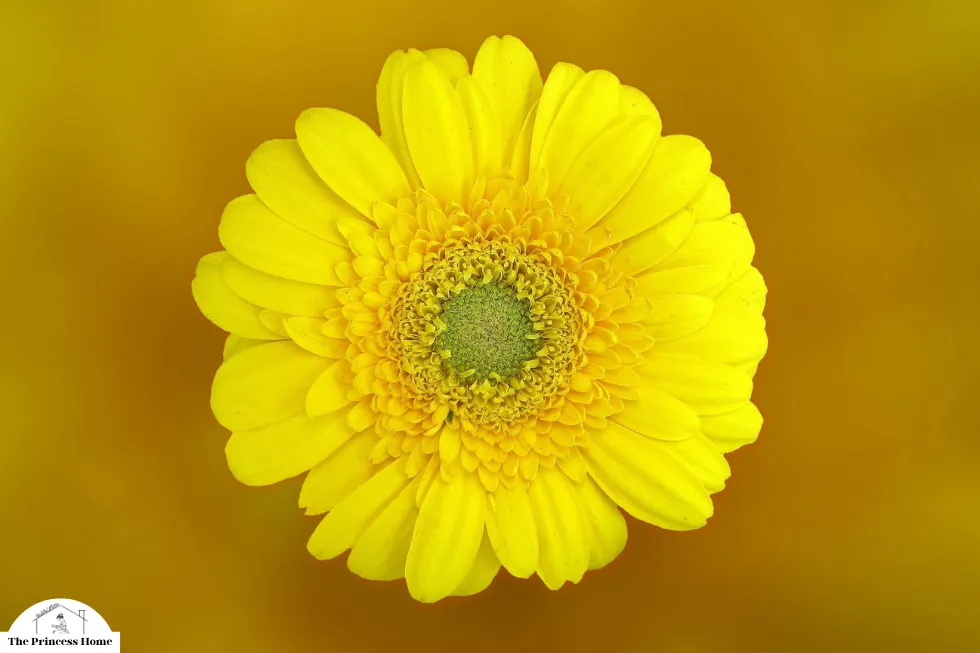
Yellow:
Yellow associates with happiness, optimism, and energy, often used to evoke warmth and positivity. In marketing, companies use yellow to grab attention and convey cheerfulness, frequently seen in advertisements for children’s products and leisure activities. However, excessive use of yellow can overwhelm, leading to feelings of anxiety or stress.
The color yellow can have various psychological effects on human behavior, often associated with positivity, energy, and optimism.
Here are some key psychological associations with the color yellow:
1.Happiness and Positivity:
Yellow is often associated with feelings of happiness, joy, and optimism. It is a bright and cheerful color that can uplift mood and evoke positive emotions. Exposure to yellow can stimulate the production of serotonin, a neurotransmitter linked to feelings of happiness and well-being.
2.Energy and Vitality:
Yellow is a highly energetic color that can increase mental alertness and physical energy. It has a stimulating effect on the brain, promoting feelings of vitality and enthusiasm. This energy-boosting quality of yellow makes it a popular choice in environments where activity and productivity are desired, such as gyms, classrooms, and offices.
3.Attention-Grabbing:
Yellow is one of the most attention-grabbing colors, standing out prominently in any environment. It draws the eye and captures attention, making it effective for signage, advertising, and warning labels. The vibrant nature of yellow can stimulate immediate reactions and attract people’s focus.
4.Creativity and Innovation:
People often associate yellow with creativity, innovation, and imagination. It can ignite ideas and inspire creative thinking, leading to enhanced innovation and problem-solving skills. In creative industries such as art, design, and advertising, people frequently use yellow to convey a sense of originality and inventiveness
5.Optimism and Confidence:
Yellow is linked to feelings of optimism, confidence, and self-esteem. It can boost morale and increase self-assurance, helping people to approach challenges with a positive mindset. Wearing or surrounding oneself with yellow can promote feelings of empowerment and belief in one’s abilities.
6.Caution and Warning:
While yellow primarily conveys positivity and energy, it can also instill a sense of caution and warning. People often use yellow in caution signs and hazard warnings to alert others to potential dangers or risks. In this context, yellow signals the need to proceed with caution and remain mindful of potential hazards.
Overall, the psychological effects of the color yellow are diverse and can vary depending on context and individual experiences. While yellow is often associated with happiness, energy, and creativity, it can also be used to convey caution and warning when necessary.
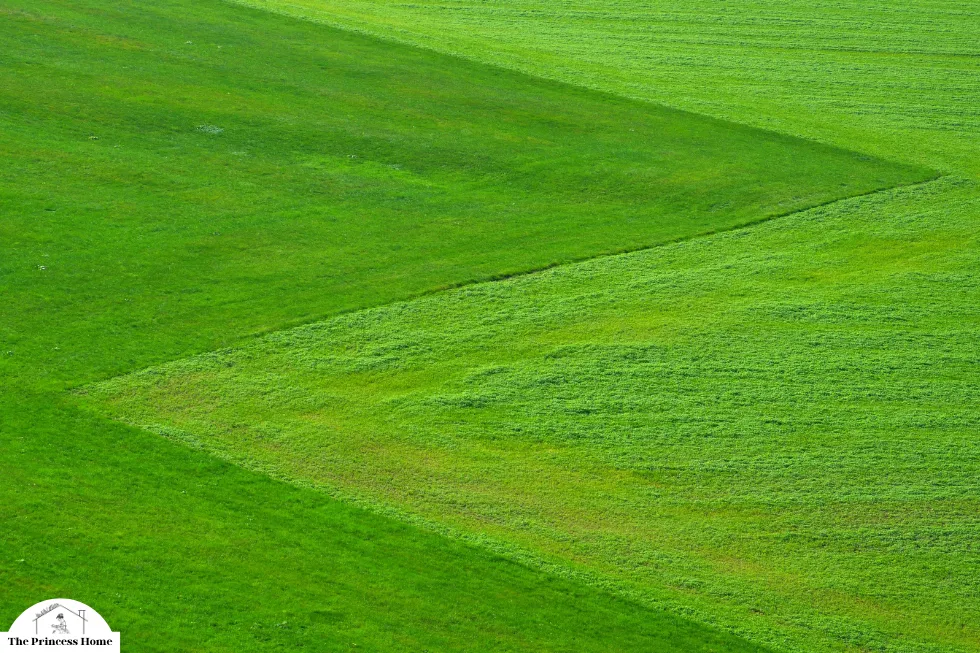
Green:
Green, often associated with nature, growth, and harmony, calms and balances emotions. In design and branding, it frequently evokes feelings of freshness and environmental consciousness, and is also associated with wealth and prosperity. Too much green can sometimes evoke feelings of stagnation or boredom, particularly if used in monotonous or uninspired ways.
The color green has a range of psychological effects on human behavior, often associated with nature, growth, and harmony.
Here are some key psychological associations with the color green:
1.Calming and Relaxing:
People often perceive green as a calming and soothing color, similar to blue. It evokes feelings of tranquility and relaxation due to its association with nature, particularly lush landscapes and foliage. Exposure to green environments has linked to reduced stress levels and improved overall well-being.
2.Renewal and Growth:
Green is closely associated with concepts of renewal, growth, and vitality. It symbolizes new beginnings and fresh starts, making it a popular choice for springtime imagery and environmental themes. The color green can inspire feelings of rejuvenation and optimism, encouraging personal growth and development.
3.Balance and Harmony:
People consider green a harmonizing color that promotes balance and equilibrium. It strikes a balance between the stimulating effects of warm colors like red and the calming effects of cool colors like blue. Interior designers often use green to create balanced and harmonious spaces that promote a sense of well-being and cohesion.
4.Connection to Nature:
Green strongly associates with nature and the outdoors. It reminds people of lush forests, grassy meadows, and vibrant plant life, fostering a sense of connection to the natural world. This connection to nature can yield psychological benefits, including increased feelings of happiness, vitality, and well-being.connectedness.
5.Health and Wellness:
Green is often associated with health, wellness, and vitality. It is commonly used in healthcare settings to promote a sense of healing and renewal. The color green can evoke feelings of vitality and rejuvenation, encouraging healthy behaviors and positive lifestyle choices.
6.Stability and Endurance:
Green is also associated with stability, endurance, and resilience. It is the color of balance and perseverance, representing strength and steadfastness in the face of challenges. and The color green can inspire feelings of resilience and determination, helping people to overcome obstacles and achieve their goals.
Overall, the psychological effects of the color green are diverse and can vary depending on context and individual experiences. While green is often associated with calmness, growth, and connection to nature, it can also evoke feelings of balance, stability, and resilience.
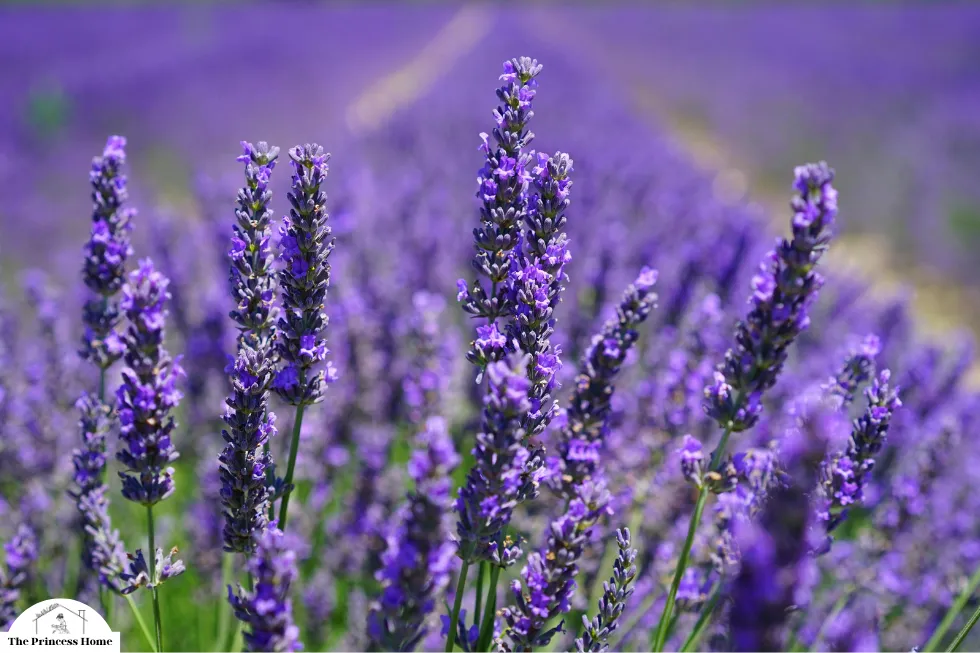
Purple:
Purple associations include royalty, luxury, and creativity, with a mysterious and enchanting quality that can evoke intrigue and fascination. In branding and marketing, companies often use purple to convey exclusivity and sophistication, commonly associating it with high-end products and services. However, excessive or inappropriate use of purple can sometimes lead to it being perceived as artificial or pretentious.
The color purple can evoke various psychological effects on human behavior, often associated with creativity, spirituality, and royalty.
Here are some key psychological associations with the color purple:
1.Creativity and Imagination:
Purple is often associated with creativity, imagination, and artistic expression. It is a color that encourages unconventional thinking and originality, making it popular in creative industries such as art, design, and fashion. Exposure to purple environments can stimulate creative thinking and inspire innovative ideas.
2.Spirituality and Mysticism:
Purple has long associations with spirituality, mysticism, and higher consciousness. People often link it to practices such as meditation, yoga, and mindfulness, which aim to explore the depths of the human psyche and connect with the divine. Purple is considered a color of spiritual enlightenment and inner wisdom, evoking feelings of introspection and transcendence.
3.Royalty and Luxury:
Historically, people have associated purple with royalty, nobility, and luxury. In many cultures, the production of purple dye was rare and expensive, making it a symbol of wealth and prestige. Today, purple continues to be commonly associated with luxury brands, high-end products, and opulent lifestyles, conveying elegance and sophistication.
4.Mystery and Intrigue:
Purple often evokes associations with mystery, intrigue, and the unknown. It stimulates curiosity and imagination, inviting people to explore hidden depths and uncover secrets. In literature, film, and art, creators often use purple to symbolize mystery and ambiguity, adding an element of intrigue to storytelling and visual imagery.
5.Individuality and Uniqueness:
Purple is a unique and distinctive color that stands out from the crowd. It is often chosen by individuals who want to express their individuality and uniqueness, as purple is less common than other colors. Wearing or surrounding oneself with purple can be a way to assert one’s identity and stand apart from societal norms.
6.Emotional Balance and Healing:
People believe that purple has a balancing effect on emotions and energy levels. It combines the calming qualities of blue with the stimulating properties of red, creating a harmonizing influence on the mind and body. Some practitioners use purple in color therapy to promote emotional balance and healing, particularly for those experiencing stress or anxiety.
Overall, the psychological effects of the color purple are diverse and can vary depending on context and individual experiences. While purple is often associated with creativity, spirituality, and royalty, it can also evoke feelings of mystery, individuality, and emotional balance.

Orange:
Orange associations include warmth, energy, and enthusiasm, with a vibrant and playful quality that can evoke feelings of excitement and vitality. In marketing, companies use orange to create a sense of urgency and impulse, making it effective for promoting sales and limited-time offers.. However, orange can also be overwhelming if used excessively, particularly in its brighter shades.
The color orange can have several psychological effects on human behavior, often associated with energy, warmth, and excitement.
Here are some key psychological associations with the color orange:
1.Energy and Enthusiasm:
Orange is a highly energetic color that can evoke feelings of excitement, enthusiasm, and vitality. so It stimulates the senses and increases mental alertness, making it effective for promoting energy and activity. Exposure to orange environments can boost mood and motivation, encouraging people to engage in lively and dynamic behavior.
2.Warmth and Comfort:
Orange is a warm and inviting color that can create a sense of coziness and comfort. It is reminiscent of autumn hues, such as pumpkins and falling leaves, which are often associated with feelings of warmth and contentment. Orange can evoke a sense of hominess and relaxation, making it a popular choice for interior design in spaces like living rooms and kitchens.
3.Creativity and Inspiration:
Orange is often associated with creativity, innovation, and inspiration. so It is a bold and unconventional color that can spark ideas and stimulate creative thinking. Exposure to orange environments can encourage brainstorming and problem-solving, fostering a sense of imagination and originality.
4.Social Interaction:
Orange is a sociable and friendly color that can promote social interaction and communication. It is often used in social settings such as restaurants, cafes, and event spaces to create a welcoming and convivial atmosphere. The vibrant nature of orange can encourage people to engage with others, fostering connections and building relationships.
5.Optimism and Positivity:
Orange is a color of optimism and positivity, similar to yellow. It can uplift mood and evoke feelings of hopefulness and cheerfulness. The bright and sunny quality of orange can bring a sense of joy and optimism to both individuals and environments, encouraging a positive outlook on life.
6.Attention-Grabbing:
Like red, orange is a highly attention-grabbing color that stands out prominently in any environment. and It draws the eye and captures attention, making it effective for signage, advertising, and branding. so The bold and vibrant nature of orange can stimulate immediate reactions and attract people’s focus.
Overall, the color orange exhibits diverse psychological effects that can vary depending on context and individual experiences. While orange often conveys energy, warmth, and creativity, it can also evoke feelings of sociability, optimism, and positivity.
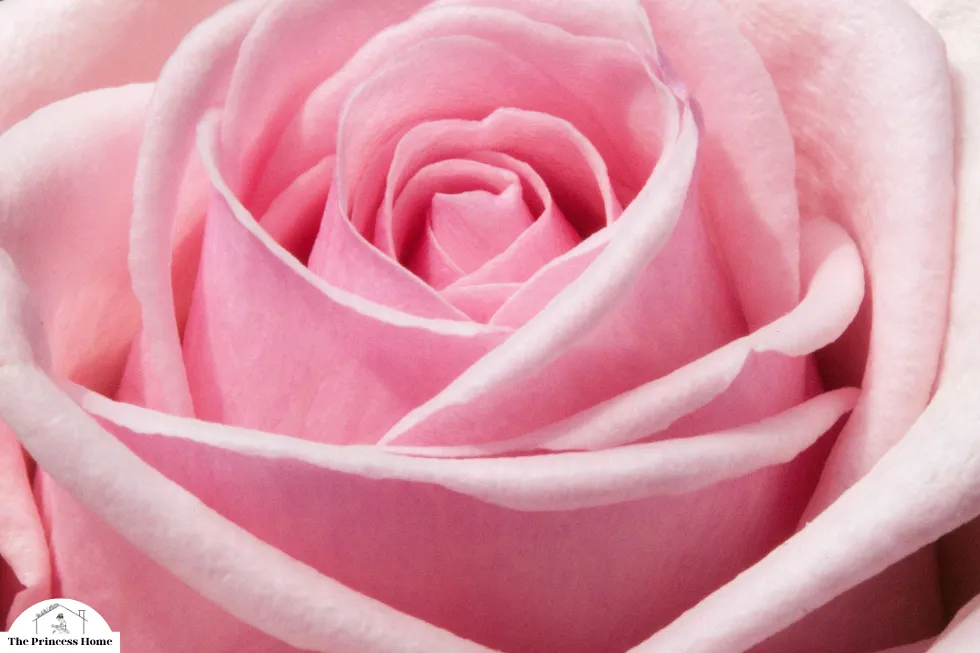
Pink
“”Pink” belongs to the red color family, but it is lighter and softer in tone. People often associate it with qualities such as sweetness, femininity, tenderness, and romance. Pink finds common usage in fashion, cosmetics, and interior design to convey playfulness, youthfulness, and charm. Additionally, it can symbolize love, compassion, and sensitivity. perception of pink can vary across different cultures and contexts, but it generally evokes positive emotions and associations.
The color pink can evoke various psychological effects on human behavior, often associated with qualities such as femininity, nurturing, and compassion.
Here are some key psychological associations with the color pink:
1.Calming and Soothing:
Pink is often perceived as a calming and soothing color, similar to its close relative, red. However, pink tends to have a softer and gentler effect on the mind and body. It can promote feelings of relaxation and tranquility, making it a popular choice for creating peaceful environments such as bedrooms and relaxation spaces.
2.Femininity and Sensitivity:
Pink strongly associates with femininity and often represents qualities traditionally linked to women, such as sensitivity, nurturing, and compassion. It can evoke feelings of tenderness and empathy, encouraging caring and supportive behaviors in interpersonal relationships.
3.Youthfulness and Playfulness:
Pink is commonly associated with childhood and is often used in products and environments targeting children. It evokes feelings of innocence, playfulness, and whimsy, creating a sense of youthful energy and vitality. so The color pink can inspire creativity and imagination, encouraging playful exploration and expression.
4.Romance and Affection:
In Western cultures, people often associate pink with romance and affection. They commonly use it to symbolize love, intimacy, and romance, making it a popular choice for Valentine’s Day and romantic occasions. The soft and delicate nature of pink can evoke feelings of warmth and affection, fostering emotional connections between individuals.
5.Optimism and Positivity:
Pink is a color of optimism and positivity, similar to its brighter counterpart, red. It can uplift mood and evoke feelings of happiness and joy. The gentle and nurturing quality of pink can bring a sense of comfort and well-being, encouraging a positive outlook on life.
6.Empowerment and Self-Care:
In recent years, pink has also become associated with empowerment and self-care, especially in movements that advocate for women’s rights and breast cancer awareness. It symbolizes strength, resilience, and self-love, urging individuals to prioritize their mental and emotional well-being.
Overall, people experience diverse psychological effects from the color pink, which can vary depending on context and individual experiences. While pink often evokes associations with femininity, sensitivity, and youthfulness, it can also induce feelings of calmness, romance, and empowerment.

Brown
Brown, with its warm and earthy tones, holds a unique place in the spectrum of colors. Often overlooked or dismissed as mundane, brown actually carries a rich history, cultural significance, and a wide range of associations. From the depths of soil to the grandeur of woodlands, brown is a color that resonates with our connection to nature and evokes a sense of warmth and stability.
Many people often associate several key psychological associations with brown:
1.Stability and Reliability:
Brown is perceived as a stable and reliable color, evoking feelings of security and dependability. It reflects the grounded nature of earth and wood, instilling a sense of trustworthiness and solidity.
2.Comfort and Warmth:
The warm tones of brown create a cozy and inviting atmosphere, reminiscent of comfort and warmth. Many people often associate it with feelings of contentment and relaxation, which makes brown a popular choice for interior design and decor.
3.Connection to Nature:
Brown, deeply connected to nature, symbolizes the earth and its natural elements. It evokes a sense of grounding and connection to the environment, fostering feelings of harmony and balance.
4.Nostalgia and Tradition:
Brown can evoke feelings of nostalgia, reminding us of simpler times and cherished memories. It is often associated with traditional values and customs, reflecting a sense of heritage and continuity.
5.Earthy Sensibility:
Brown is perceived as down-to-earth and practical, reflecting a sensible and pragmatic approach to life. It encourages a focus on the essentials and a recognition of the beauty in simplicity.
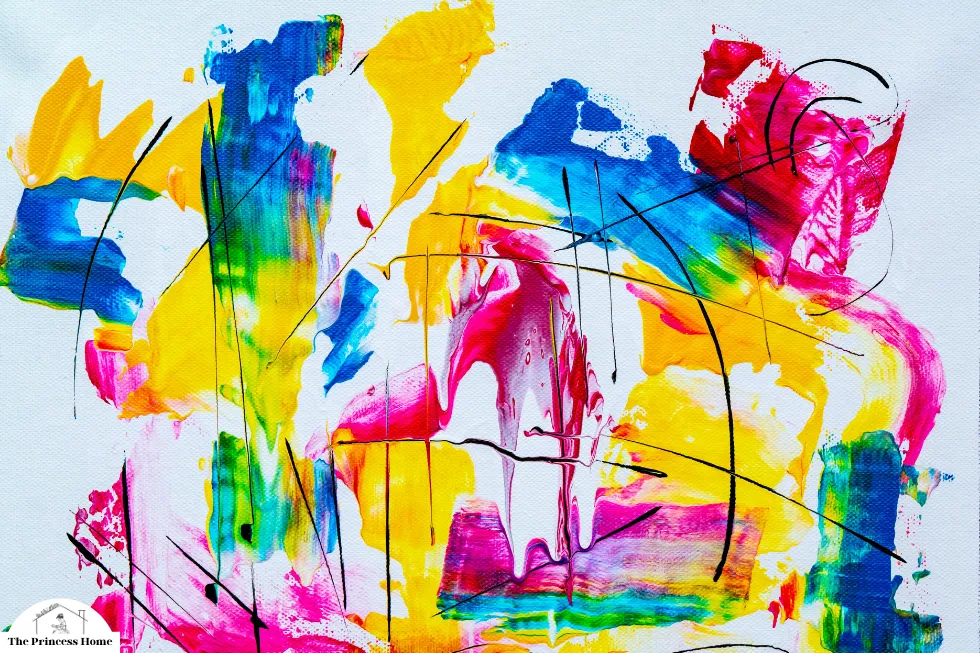
The Cultural and Contextual Influence of Color:
It is important to note that the psychological effects of color can vary depending on cultural background, personal experiences, and individual preferences. While certain colors may evoke universal associations (e.g., red with passion or blue with calmness), cultural norms and societal expectations can also influence the interpretation of color.
For example, Western cultures often associate white with purity and innocence, while some Eastern cultures associate it with mourning and funerals. In Chinese culture, people commonly associate red with luck and prosperity, but other cultural contexts may perceive it differently.
Furthermore, the context in which color is used can also impact its psychological effects. For instance, the same shade of green may evoke feelings of tranquility in a natural setting but feel sterile or clinical in a hospital environment.
Conclusion:
Understanding the psychology of color unlocks its power to shape human emotions, perceptions, and behaviors in branding, design, and marketing. Yet, color interpretation is subjective, influenced by cultural, personal, and contextual factors. Hence, it’s crucial to acknowledge diverse perceptions. Leveraging color psychology effectively enables the creation of impactful experiences that resonate deeply, enriching lives and fostering connections.
Frequently Asked Questions about How Different Colors Evoke Emotions:
1. What are the primary emotions associated with different colors?
- Red is often associated with passion, energy, and excitement.
- Blue is commonly linked to calmness, serenity, and tranquility.
- Green evokes feelings of harmony, growth, and balance.
- Yellow is associated with happiness, positivity, and energy.
- Purple is often connected to creativity, luxury, and spirituality.
- Orange is linked to enthusiasm, warmth, and optimism.
- Pink is associated with femininity, tenderness, and compassion.
- Black can evoke emotions of mystery, power, and also sadness or grief.
- White is commonly associated with purity, cleanliness, and simplicity.
- Brown, deeply connected to nature, symbolizes the earth and its natural elements.
2. How do different cultures interpret colors differently?
- Cultural backgrounds can heavily influence the interpretation of colors. For example, while white may symbolize purity and weddings in Western cultures, it is often associated with mourning in Eastern cultures.
- Red can represent luck and prosperity in some Eastern cultures but may signify danger or warning in others.
- Blue, commonly linked to calmness in Western cultures, may symbolize sadness or mourning in certain Eastern cultures.
3. Can colors be used to influence emotions in interior design?
- Yes, colors are often deliberately chosen in interior design to evoke specific emotions. For example, warm colors like red and orange can create a vibrant and energetic atmosphere, while cool colors like blue and green can promote relaxation and calmness.
- In spaces intended for productivity, such as offices, colors like blue and green may be used to enhance focus and concentration.
4. How can individuals incorporate colors into their daily lives to improve mood?
- Individuals can incorporate colors into their surroundings through décor, clothing choices, and even digital wallpapers.
- For example, wearing bright colors like yellow or orange may boost mood and energy levels.
- Surrounding oneself with calming colors like blue or green in relaxation spaces can promote feelings of tranquility and peace.
5. Are there any scientific studies supporting the psychological effects of color?
- While there is some scientific research supporting the psychological effects of color, the evidence may vary in robustness.
- Studies have shown correlations between color and physiological responses, such as changes in heart rate and blood pressure.
- However, more research is needed to fully understand the complexities of how color influences human emotions and behavior.



